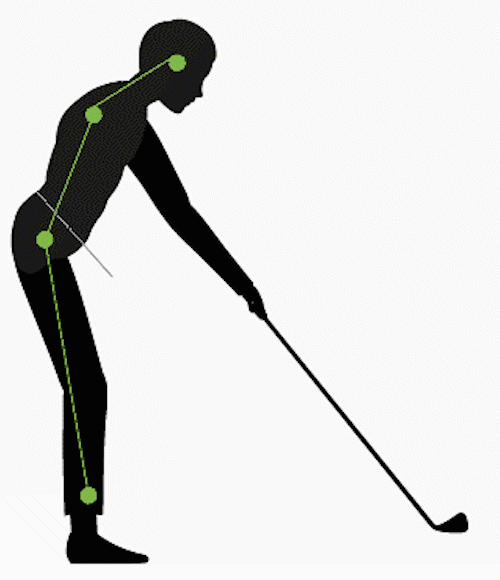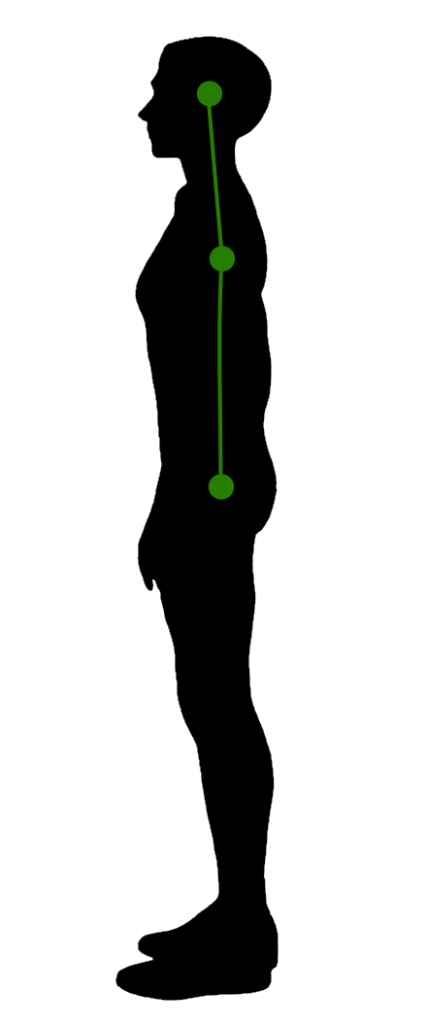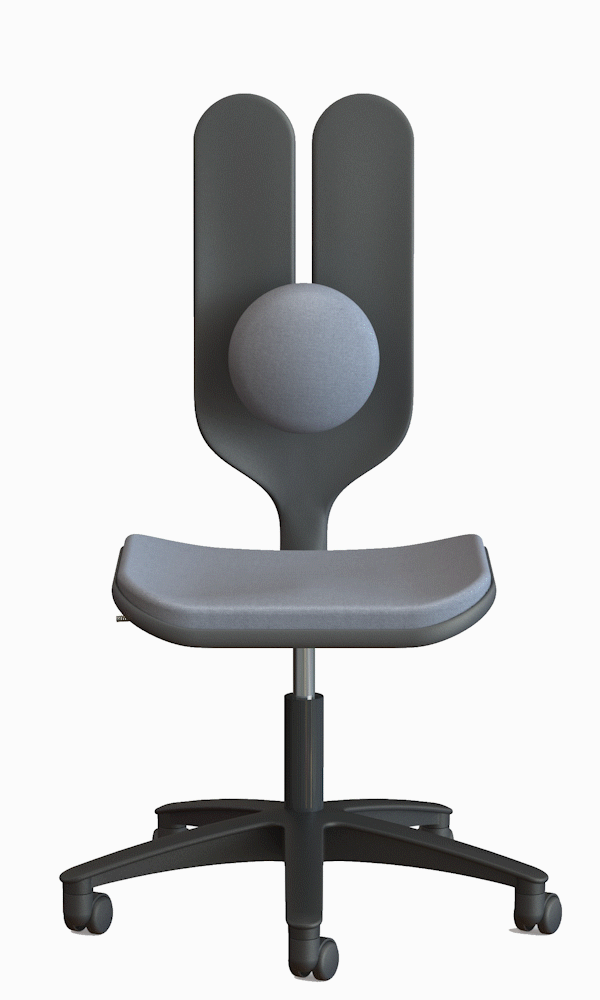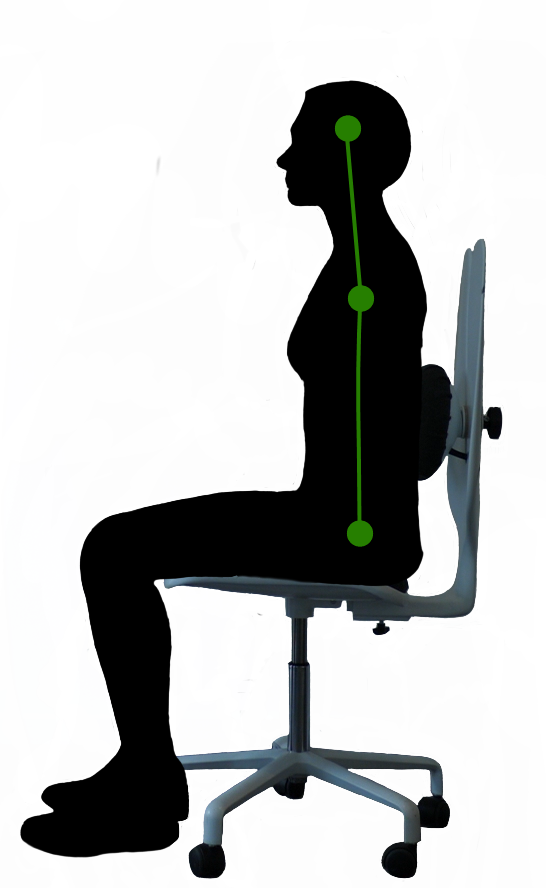"We become the position we are most often in"
- Caroline, Founder
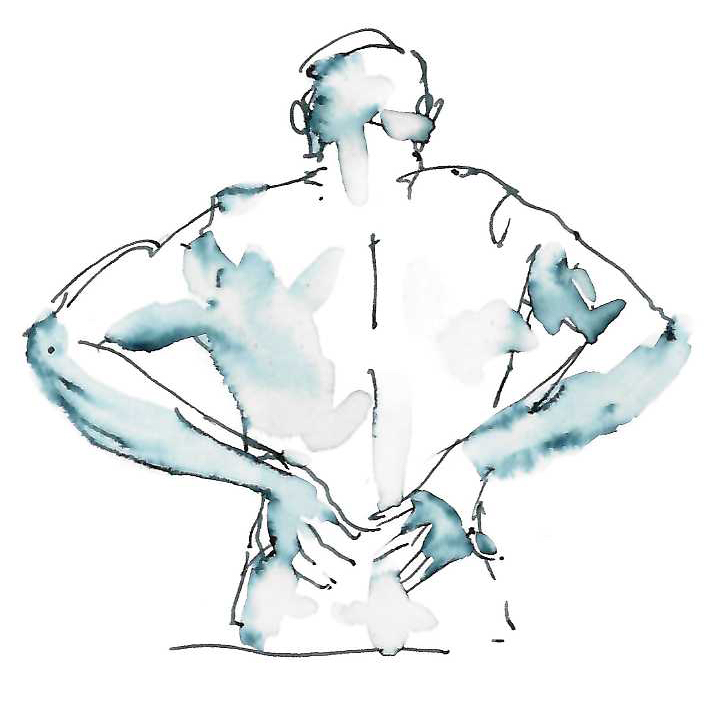
why is sitting posture important?
Prolonged poor sitting posture causes certain muscles to become tight and dominant, restricting range of movement and causing pain. This accelerates arthritic change, and can prove expensive in terms of treatment, time off work and physical ageing.
postural types
If we spend long hours sitting in one position, we will stand in that position too. This can cause consistent overload to certain joints, leading to pain and stiffness.
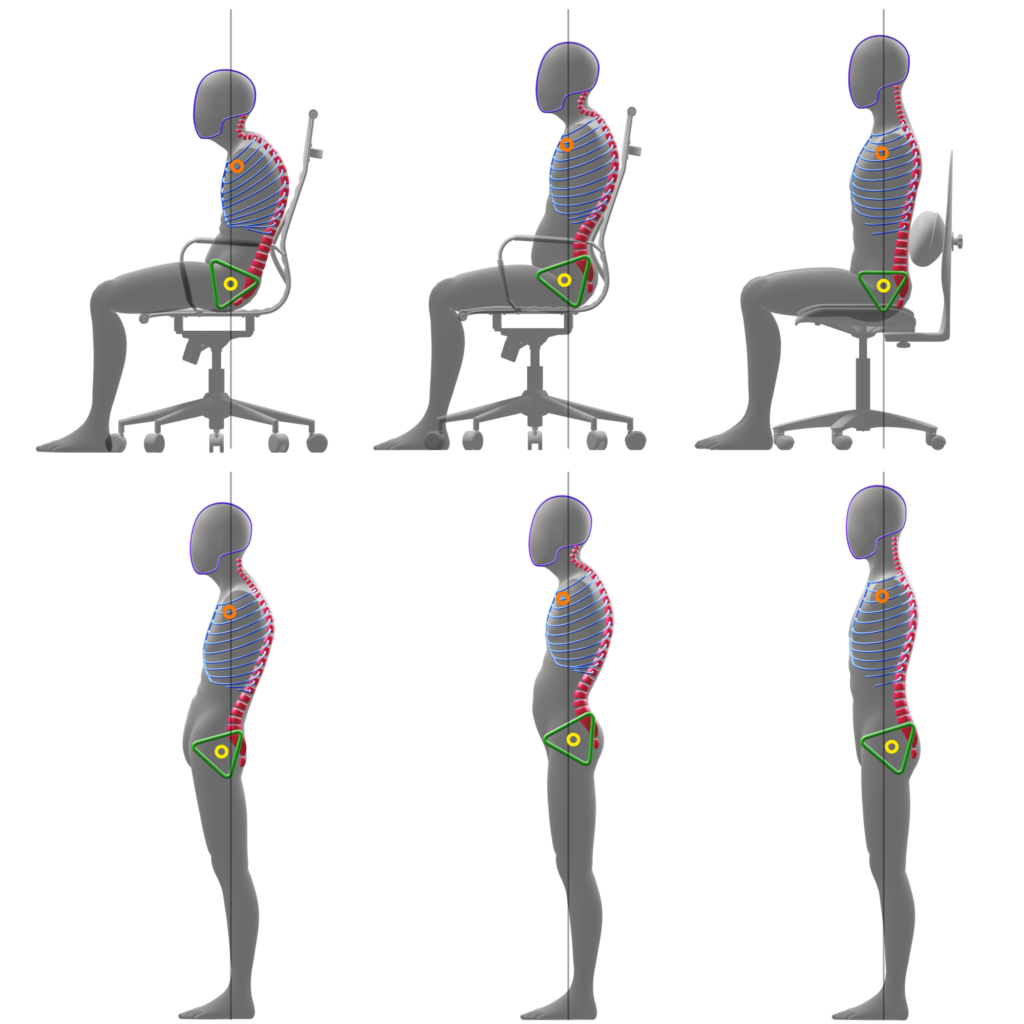
Over time, this posture becomes fixed as our muscles and ligaments adapt to their habitual resting length and limit range of movement: how we sit dictates how we stand and ultimately how we move.
activities
The gradual buildup of joint and muscle stiffness affects our leisure and sporting activities too.
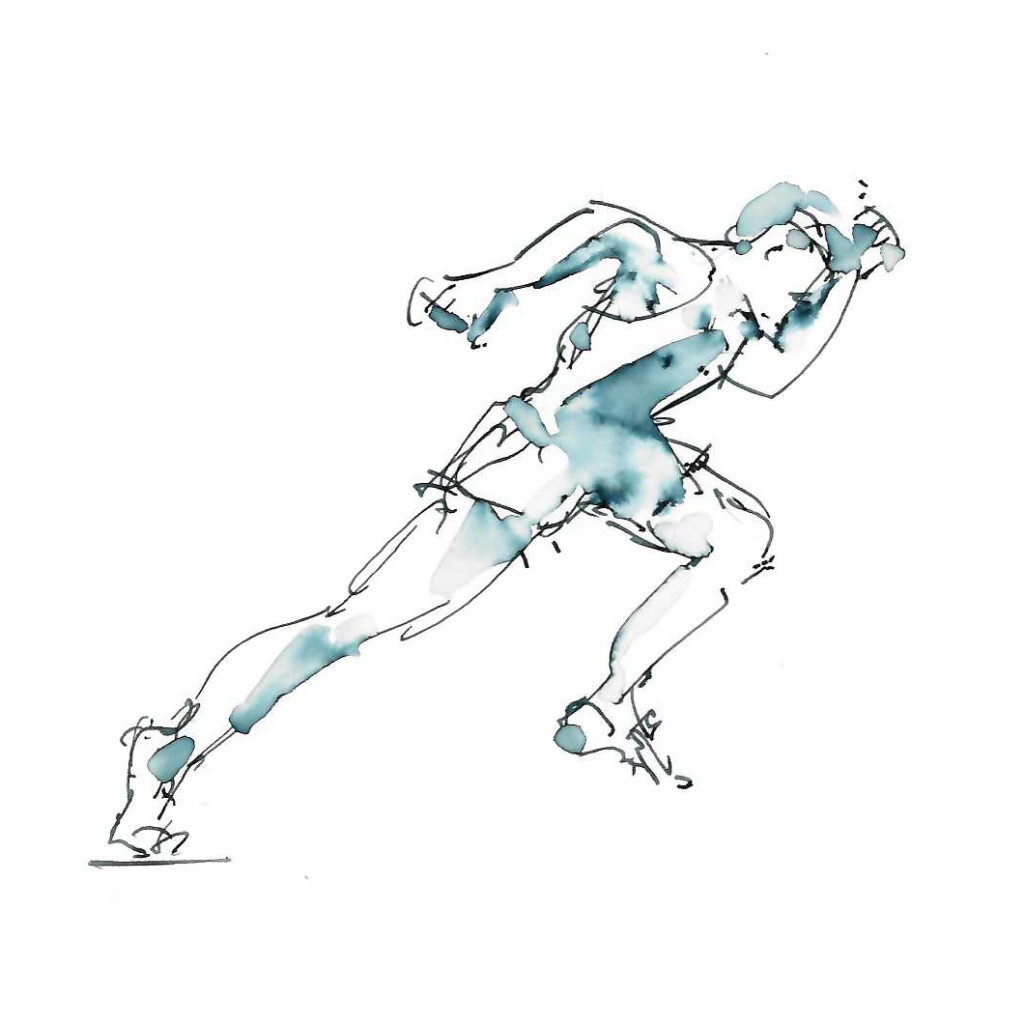
Sitting poorly causes your hips flexors to tighten restricting stride length and making running slower and more inefficient.
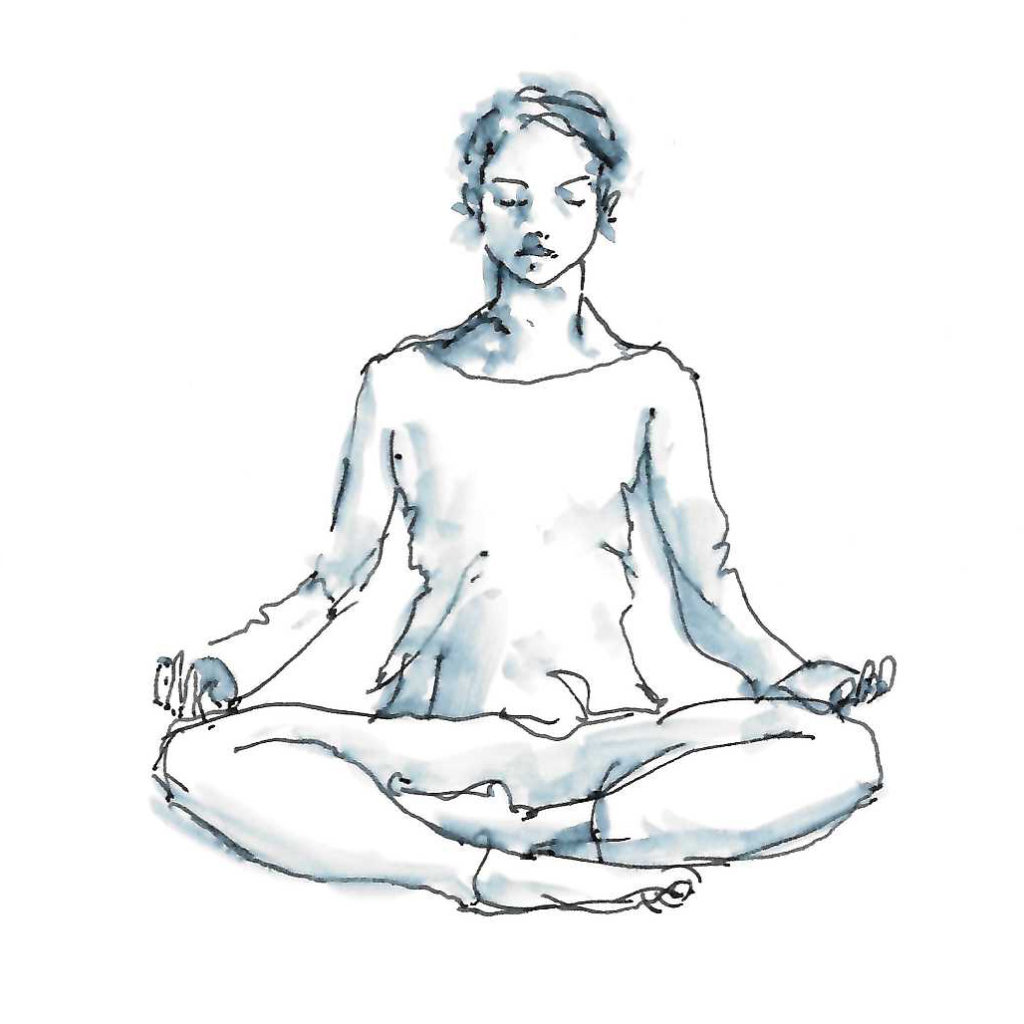
Sitting long hours in sustained poor postures at work causes certain muscles and joints to stiffen. This will affect yoga practice as the body will then “cheat” to achieve certain postures, leading to injury.

Sitting slumped causes your upper back to stiffen and your chest and neck muscles to tighten. this restricts overhead reach and can cause shoulder impingement.
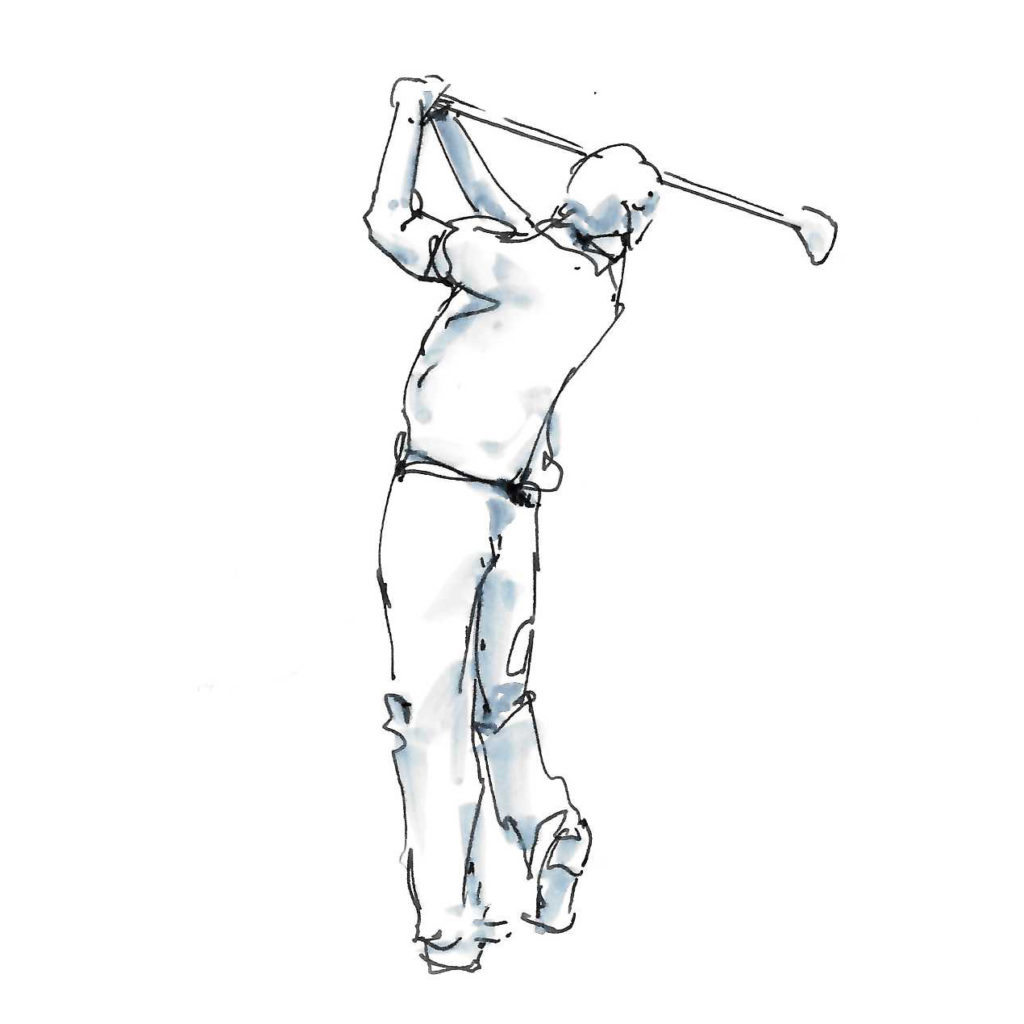
Sitting slumped at work makes your mid-back stiff, reducing your golf swing and causing overload to your lower back and shoulder.
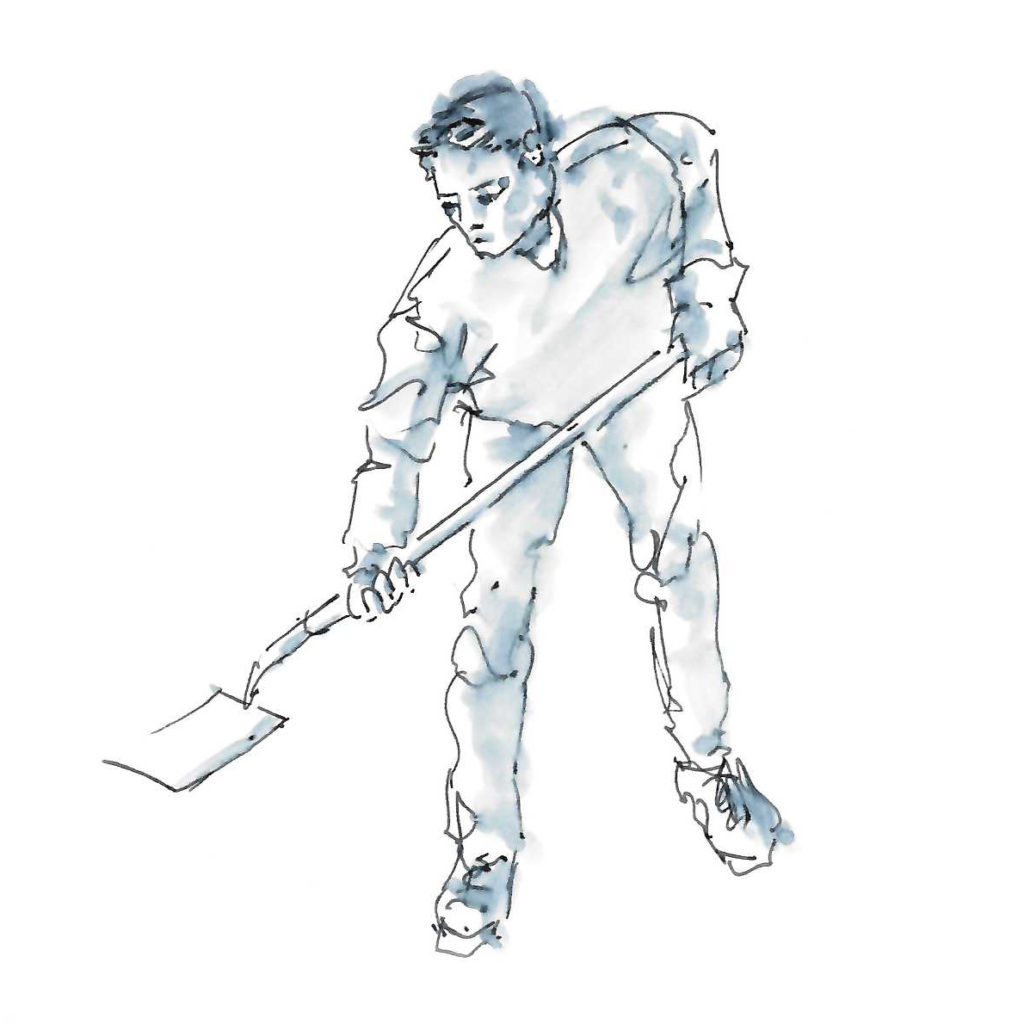
A build up of joint and muscle stiffness affects bending and lifting when gardening. With some joints restricted, others compensate by moving more. This adversely loads the joints and muscles causing pain and injury over time.
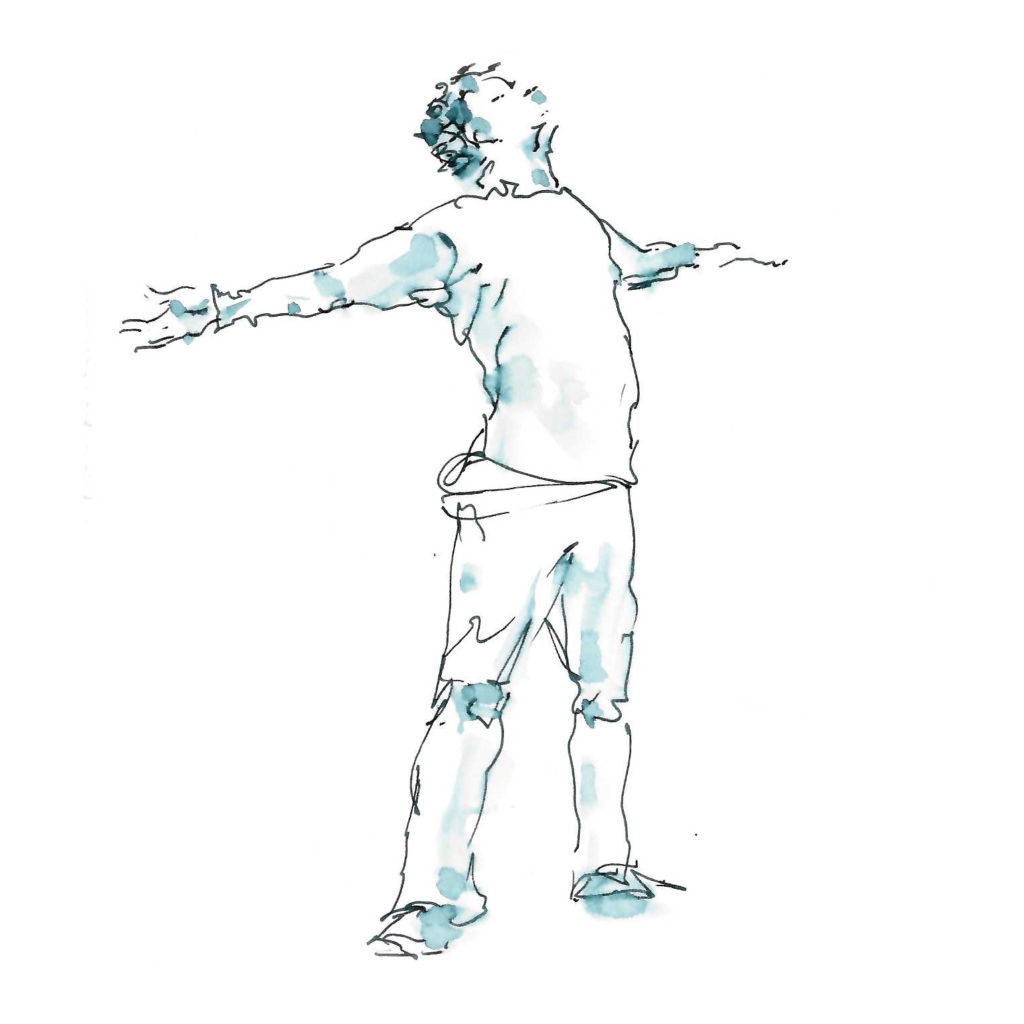
Sitting slumped compresses the stomach and diaphragm (main breathing muscle) adversely affecting digestion and breathing patterns.
the ephgrave chair
The moulded back cushion supports your spine in line with gravity. Joints are well-aligned and muscles can relax, so your body can move more easily.

Testimonials
I think this is a fantastic product, looks great and for anyone having to work at a desk it is essential to ensure good health. I also suffered a recent slipped disc and the ephgrave chair was the only one where it took the pain away, freeing up my lower back. Thank you!
This chair rocks (and rolls)! My neck and back pain is much less when I use the ephgrave chair at home - I miss it when I'm in the office. My posture has improved and I can finally fit under my desk with no arm rests in the way! I highly recommend it!
The ephgrave chair is quite a revelation. Having sat on various office chairs over the years from “supportive” to “lumbar adjustable” etc. they all inevitably still caused long term posture problems leading to back pain. Not so with the ephgrave chair, the first sensation is that of weightlessness and freedom. The chair looks quite simple but it is perfectly designed to take the load off your back, shoulders and neck and encourages better overall posture. No more slouching in my chair and no more expensive physio bills! It’s also beautifully designed – something you might expect Apple to have made, so it looks the part in any office or home.
Would thoroughly recommend this chair
I absolutely love the Ephgrave chair. Already after a few weeks, my posture feels better and the aches and pains I used to feel during a normal working day are gone. It is extremely comfortable and relaxing to sit in – I would recommend it to all!
It’s so great finally having a chair that encourages me to sit up rather than slouch. As a dyspraxic, it’s easy for me to lose touch with what my body needs and this chair gently reminds me through the day how I should sit so I don’t end up in pain at the end of long working days. I would highly recommend
The ephgrave chair is incredibly comfortable. I could immediately feel the benefit to my posture as soon as I sat in it. What’s more, it looks great too!
The ephgrave chair is a revelation. Having looked for chairs over the years that provide the perfect balance of support and comfort, the Ephgrave Chair truly delivers. Its unique adjustable cushion, which is simple to individually position, allows the user to have their 'keystone' vertebra supported promoting pain free sitting. It is a game changer for office users, especially for those who suffer with any neck or back pain. Its sleek design means the chair fits beautifully into a home or work setting. I use this chair at work in my physiotherapy clinic and cannot recommend it highly enough.
Pure genius – the end of backache
The longer I use the chair the more benefits I am seeing. My posture has improved and I no longer get the episodic back pain I was experiencing. In summary it has significantly improved my life and I have no hesitation to recommend it.
After spending 10 hours a day during lockdown stuck to the same chair on video calls and emails. I would slump in terrible positions eventually my lower back gave up and I was in serious pain. After using the ephgrave chair for a few weeks my back improved and the chair’s design would nudge me into a better posture, stopping me from arching my back and making me more aware of my body’s bad habits. Together with this its super comfortable and sustains sitting for long workdays. I would thoroughly recommend it to anyone who spends any significant amount of time at a desk!
This chair has been a game changer for me. Having suffered back pain for years previously, sitting in this chair now corrects my posture and prevents my old bad habits. What a relief to have found a chair that works for me!
